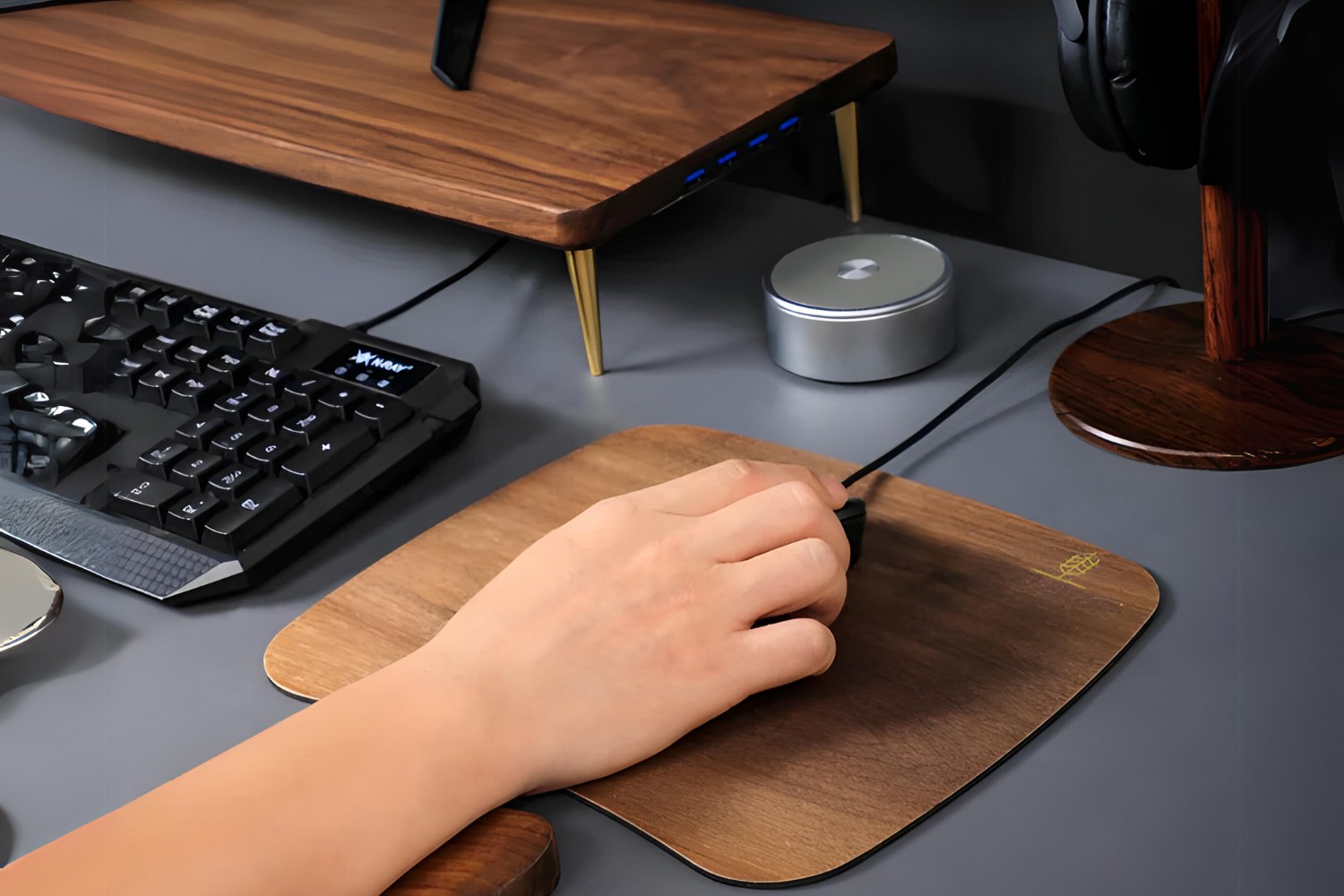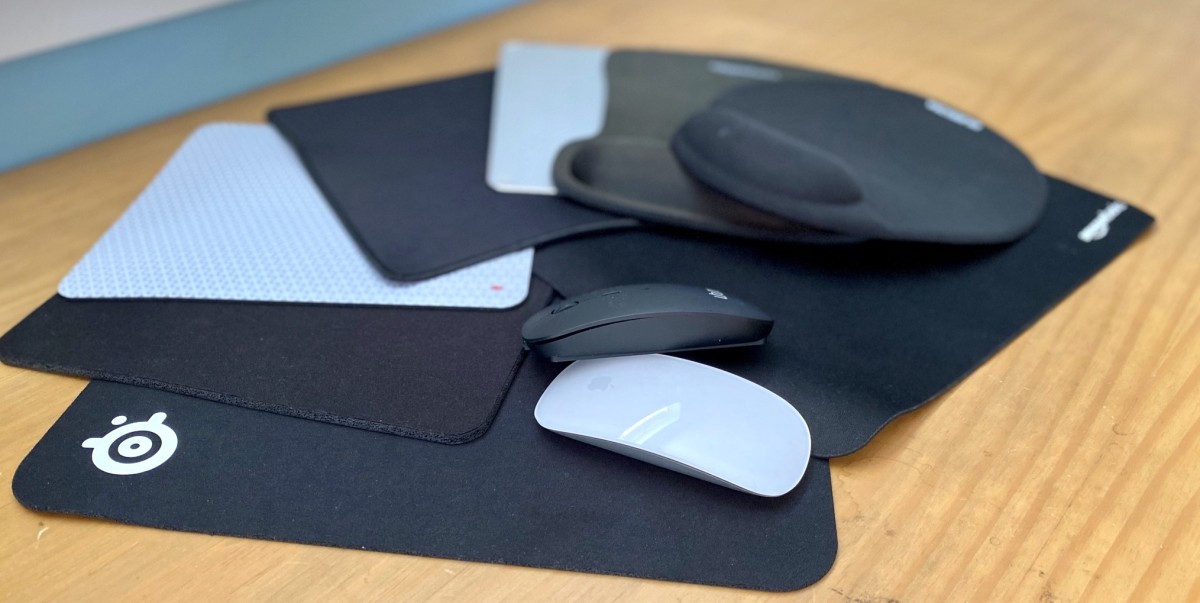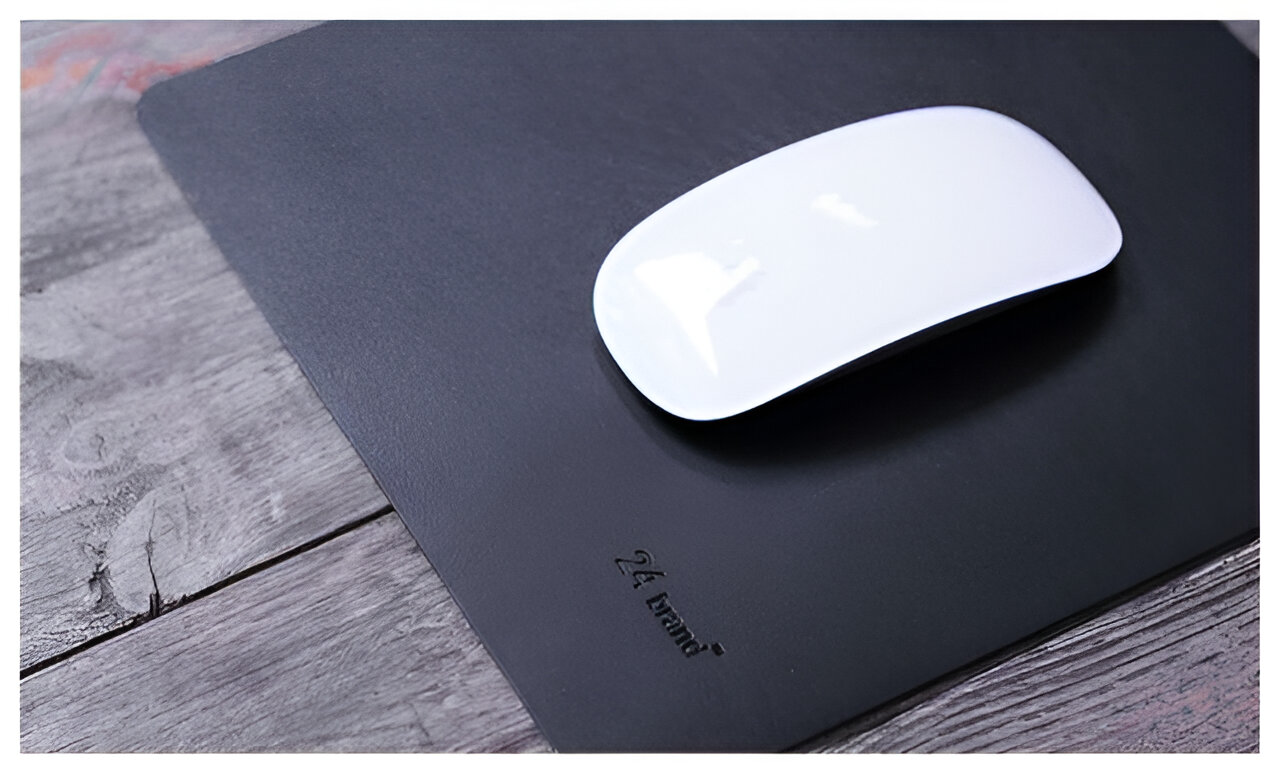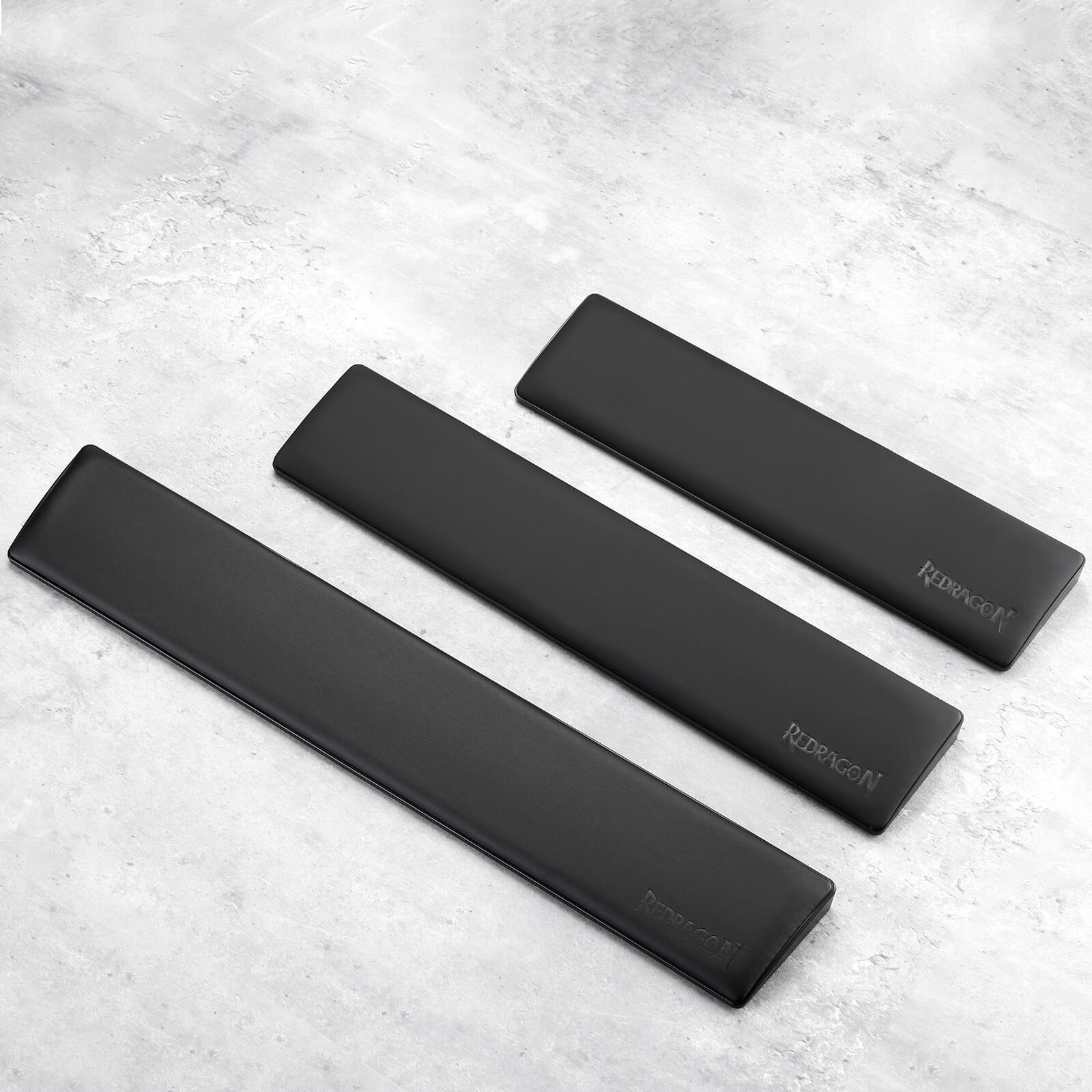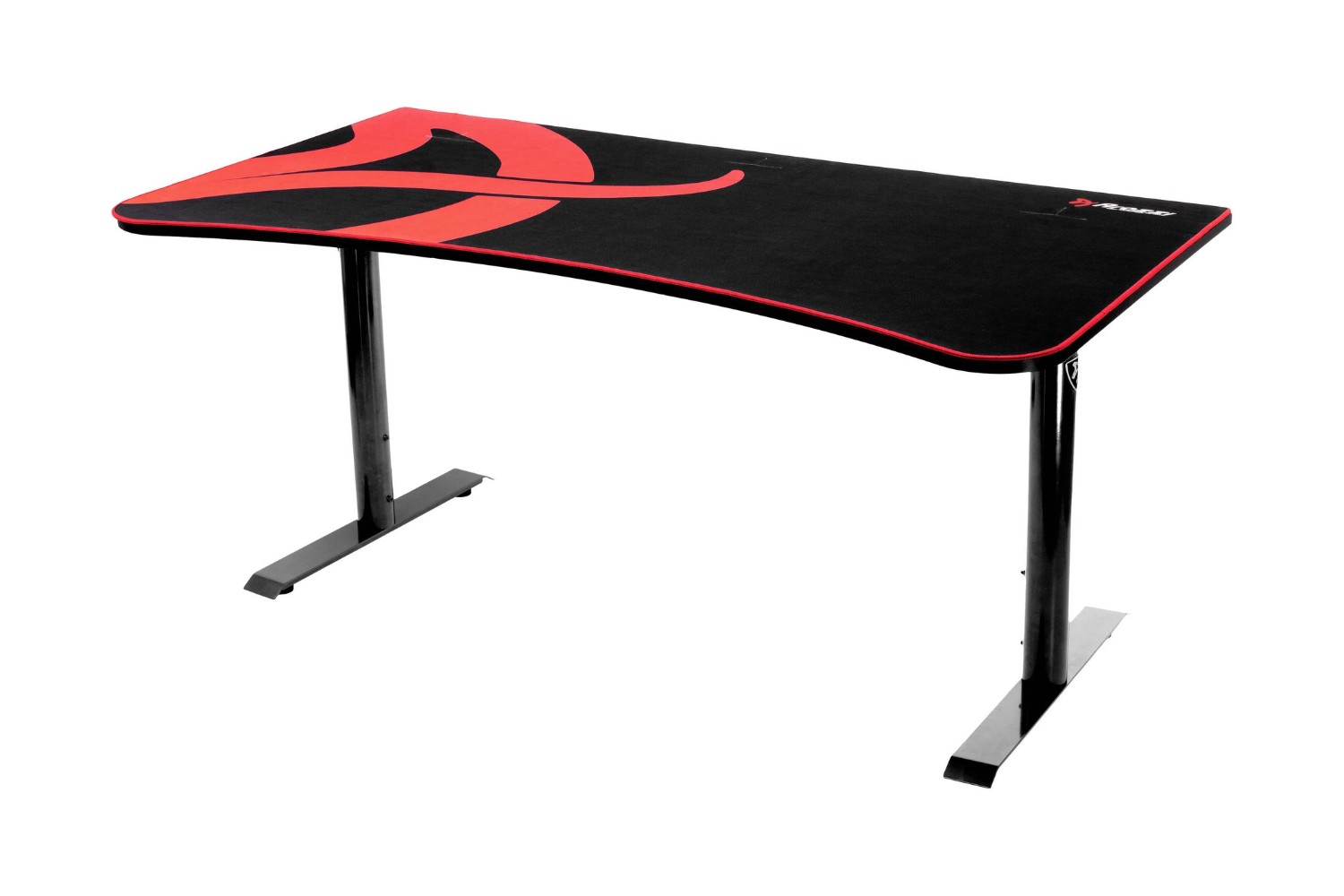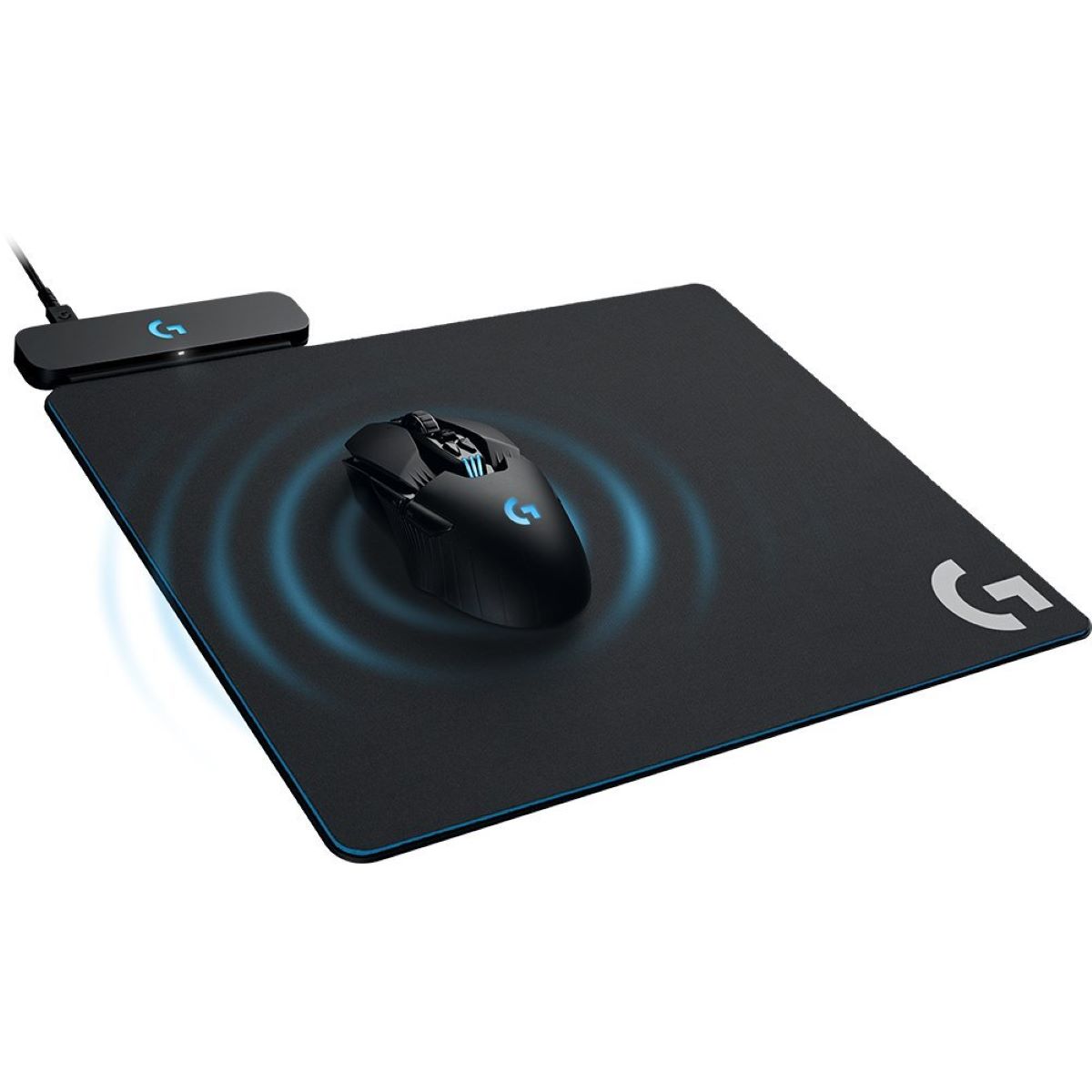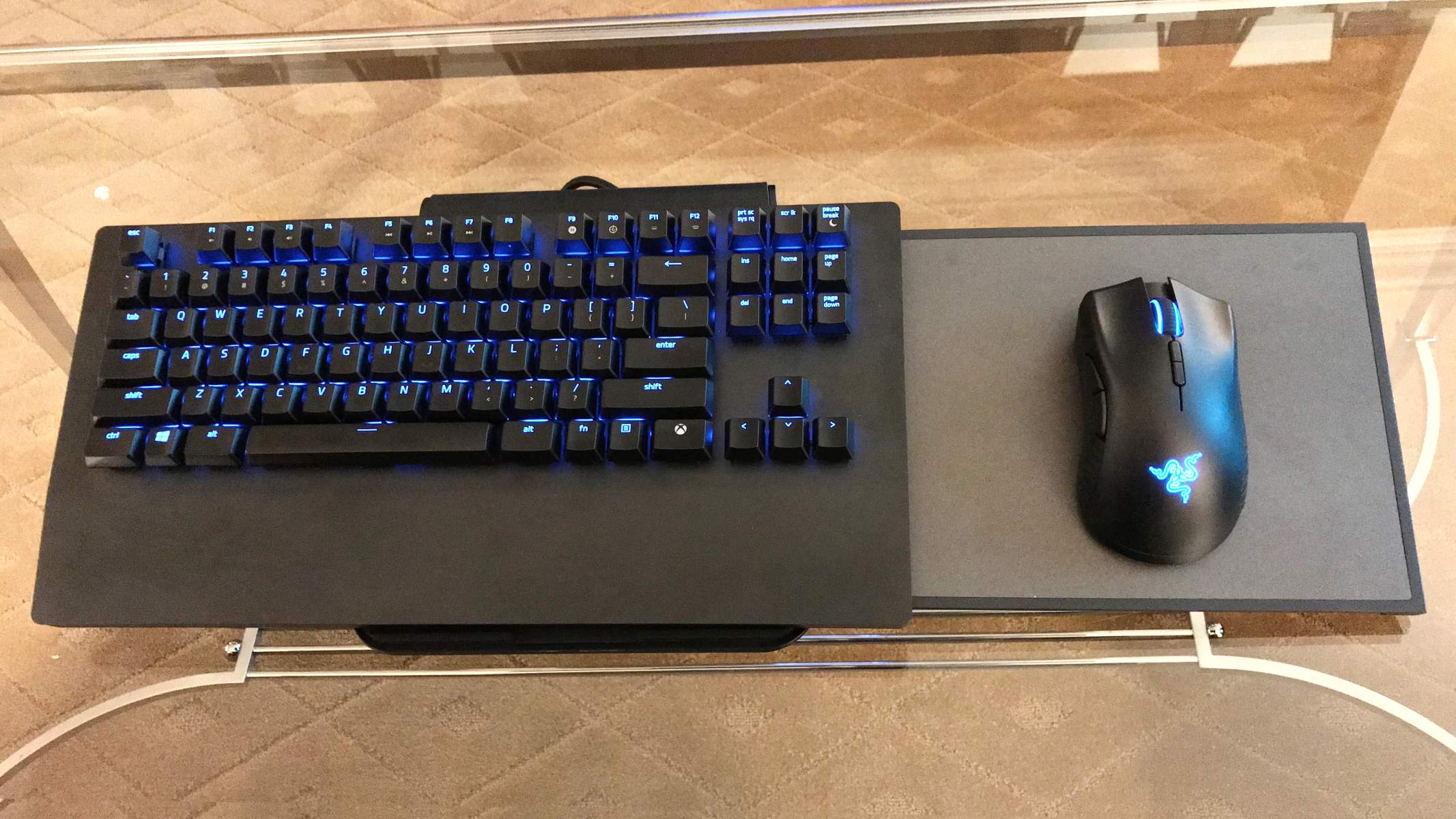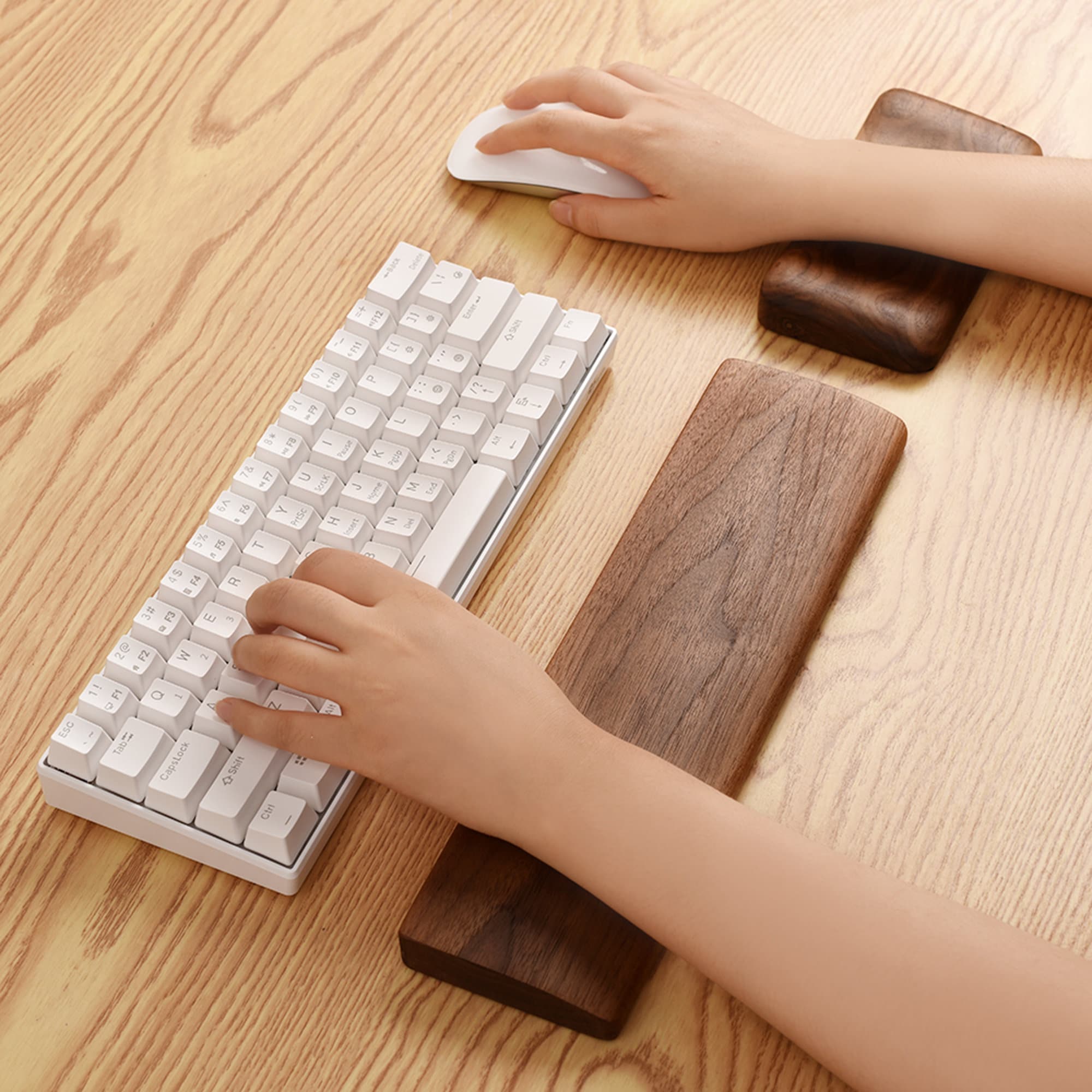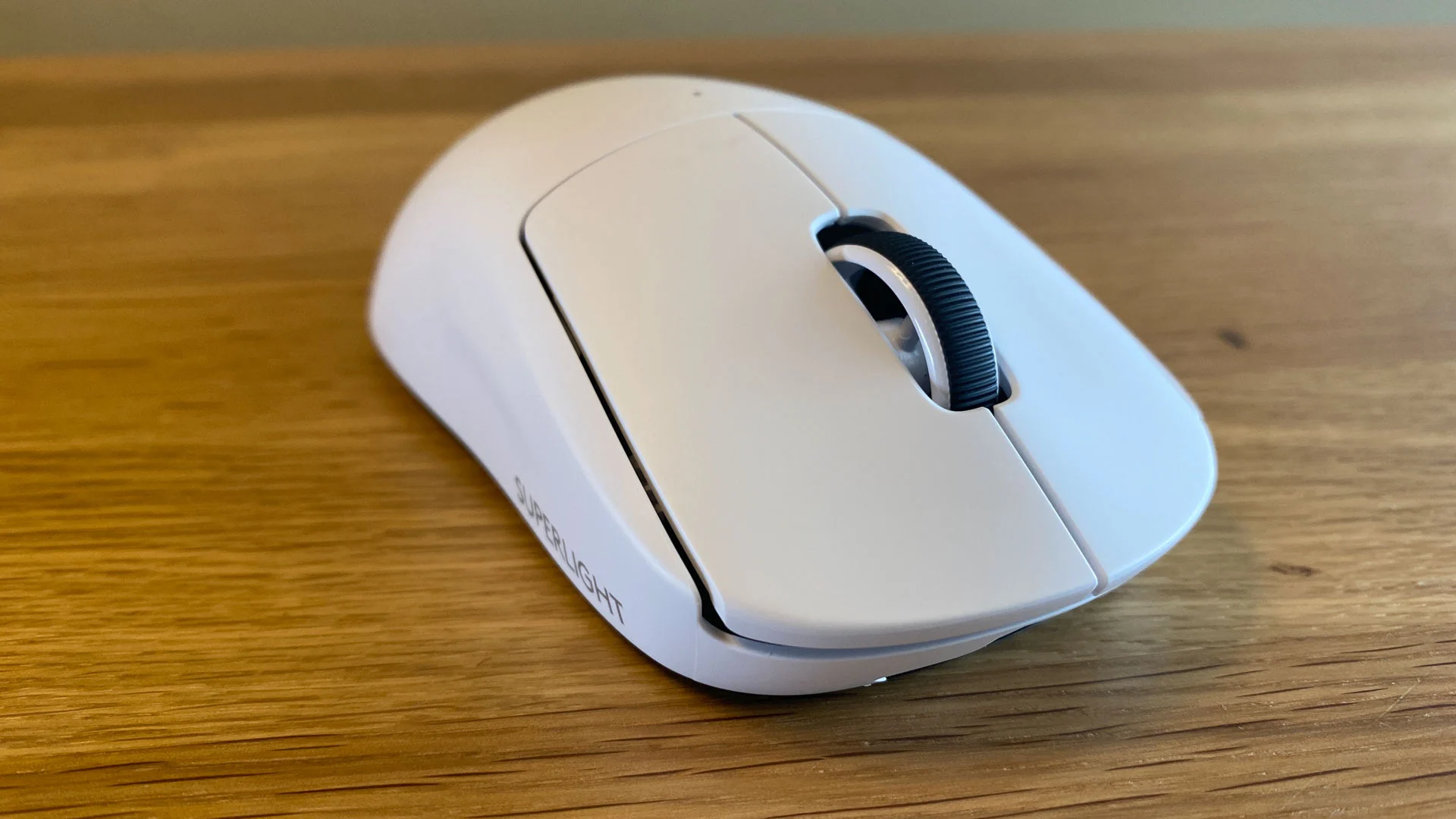Introduction
Introduction
If you spend a significant amount of time working at a computer, having a good mouse pad is essential for smooth navigation and precise cursor control. A well-designed mouse pad not only enhances the functionality of your mouse but also adds a touch of personal style to your workspace. Whether you're a graphic designer, a gamer, or someone who simply wants to optimize their computing experience, understanding how to create a good mouse pad is key to achieving optimal comfort and performance.
A good mouse pad provides a smooth and consistent surface for your mouse to glide across, reducing friction and ensuring precise tracking. Moreover, it can help protect your desk or table surface from scratches and wear caused by constant mouse movement. By customizing your mouse pad, you can also express your personality and creativity, turning a functional accessory into a unique and visually appealing part of your workstation.
In this guide, we will explore the essential elements of creating a good mouse pad, from choosing the right material and considering design and size to exploring customization options and learning about maintenance and cleaning tips. By the end of this article, you'll have a comprehensive understanding of how to craft a mouse pad that not only meets your functional needs but also reflects your individual style. Let's delve into the world of mouse pad design and discover how to elevate your computing experience with a personalized and high-performing accessory.
Choosing the Right Material
When creating a mouse pad, selecting the appropriate material is crucial to ensure optimal mouse performance and durability. The material not only affects the smoothness of mouse movement but also contributes to the overall feel and longevity of the pad. Here are some key considerations when choosing the right material for your mouse pad:
- Fabric: Fabric mouse pads are popular for their smooth texture and excellent tracking. The soft surface provides comfortable control and is suitable for both optical and laser mice. Additionally, fabric mouse pads are often machine washable, making them easy to clean and maintain.
- Hard Surface: Hard surface mouse pads, typically made of plastic or aluminum, offer low friction and precise tracking, making them ideal for gaming and graphic design. They are also easy to clean and resistant to liquid spills, enhancing their durability.
- Rubber: Rubber mouse pads provide a non-slip base, ensuring stability during intense mouse movements. The textured surface of rubber pads offers reliable mouse control and is resistant to wear and tear.
- Leather: For a touch of elegance and luxury, leather mouse pads offer a smooth and sophisticated surface for mouse navigation. They are durable and age gracefully, adding a refined aesthetic to any workspace.
Consider the specific requirements of your computing tasks and personal preferences when selecting the material for your mouse pad. Whether you prioritize smoothness, precision, durability, or aesthetics, choosing the right material is the first step toward creating a high-quality mouse pad that aligns with your needs and style.
Design and Size Considerations
When designing a mouse pad, considering the visual appeal and practicality of the pad is essential to create a well-rounded and functional accessory. The design and size of the mouse pad can significantly impact its usability and aesthetic value. Here are some key factors to consider when determining the design and size of your mouse pad:
- Surface Area: The size of the mouse pad plays a crucial role in accommodating different mouse movements. For tasks that require broad sweeping motions, a larger pad provides ample space for comfortable navigation. Conversely, precision-oriented tasks may benefit from a smaller, more focused surface area.
- Thickness: The thickness of the mouse pad affects comfort and stability. Thicker pads offer cushioning for the wrist and can provide a more consistent surface, while thinner pads are sleek and portable, ideal for on-the-go use.
- Visual Design: Incorporating visually appealing designs, patterns, or custom graphics can personalize the mouse pad and complement the overall aesthetic of your workspace. Whether it’s a minimalist, artistic, or branded design, the visual appeal of the pad can enhance the ambiance of your desk area.
- Edge Treatment: Rounded or stitched edges can prevent fraying and enhance the durability of the mouse pad, ensuring a clean and professional appearance over time.
By carefully considering the design and size of the mouse pad, you can tailor the accessory to meet your specific ergonomic and stylistic needs. Whether you prioritize functionality, visual impact, or a combination of both, customizing the design and size of the mouse pad allows you to create a personalized and effective tool for your computing endeavors.
Customization Options
Customizing your mouse pad presents an exciting opportunity to infuse your personality and preferences into a functional accessory. From adding personalized artwork to incorporating practical features, the customization options for mouse pads are diverse and versatile. Here are some popular customization options to consider:
- Personalized Graphics: Adding custom graphics, artwork, or your favorite images to the mouse pad can transform it into a unique and visually appealing extension of your personality. Whether it’s a beloved photograph, a company logo, or a vibrant design, personalized graphics can elevate the aesthetic appeal of the pad.
- Extended Functionality: Some mouse pads offer additional features such as built-in wireless charging pads, USB hubs, or integrated wrist rests, enhancing the pad’s functionality and convenience for specific tasks.
- Material and Color Selection: Choosing the material, color, and texture of the mouse pad allows for a tailored aesthetic that complements your workspace or gaming setup. Whether it’s a sleek metallic finish or a vibrant fabric hue, customization options abound.
- Custom Shapes and Sizes: Tailoring the shape and size of the mouse pad to fit unique desk configurations or specific ergonomic requirements ensures a personalized and comfortable user experience.
By exploring the diverse customization options available, you can create a mouse pad that not only reflects your individual style but also enhances your productivity and comfort during computer use. Whether for professional or personal use, a customized mouse pad serves as a functional and visually appealing asset in any computing environment.
Maintenance and Cleaning Tips
Proper maintenance and regular cleaning are essential for preserving the functionality and appearance of your mouse pad. Over time, dust, dirt, and oils from your hands can accumulate on the pad’s surface, impacting its performance and visual appeal. By following these maintenance and cleaning tips, you can ensure that your mouse pad remains in optimal condition:
- Regular Dusting: Use a soft, dry cloth or a gentle brush to remove surface dust and debris from the mouse pad. Regular dusting helps prevent the buildup of particles that can affect mouse tracking and overall cleanliness.
- Spot Cleaning: For minor stains or spills, lightly dampen a cloth with a mild cleaning solution or soapy water and gently spot clean the affected area. Ensure that the pad is completely dry before using it again to prevent moisture-related damage.
- Machine Washing: If your mouse pad is machine washable, follow the manufacturer’s instructions for washing and drying to maintain its cleanliness and texture. Using a gentle cycle and mild detergent can effectively remove accumulated grime from the pad’s surface.
- Avoid Harsh Chemicals: When cleaning your mouse pad, refrain from using harsh chemicals or abrasive cleaners that can damage the surface material or alter its texture. Opt for gentle cleaning solutions to preserve the integrity of the pad.
- Allow for Drying Time: After cleaning the mouse pad, ensure that it is thoroughly dry before placing it back into use. Proper drying prevents the development of mold or mildew and maintains the pad’s structural integrity.
By incorporating these maintenance and cleaning practices into your routine, you can prolong the lifespan of your mouse pad and sustain its functionality and visual appeal. A well-maintained mouse pad not only enhances your computing experience but also contributes to a clean and organized workspace.







